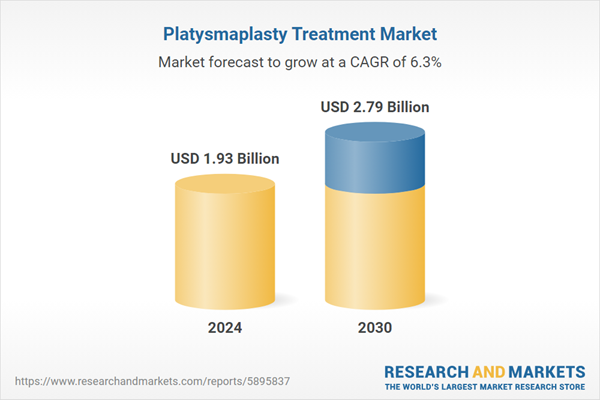Female is the fastest growing segment, North America is the largest regional market
Speak directly to the analyst to clarify any post sales queries you may have.
10% Free customizationThis report comes with 10% free customization, enabling you to add data that meets your specific business needs.
Key Market Drivers
The increasing global geriatric population represents a substantial driver for the platysmaplasty treatment market. As individuals live longer and maintain a desire for a rejuvenated appearance, the demand for procedures addressing age-related changes in the neck and jawline naturally escalates. This demographic actively seeks solutions to combat visible signs of aging, such as platysmal banding and skin laxity, which become more pronounced with advancing years.Key Market Challenges
A significant challenge impeding the expansion of the Global Platysmaplasty Treatment Market is the high cost associated with these elective procedures. Platysmaplasty, like most aesthetic surgical interventions, is typically not covered by health insurance, placing the entire financial burden on the patient. This substantial out-of-pocket expense acts as a formidable barrier, directly limiting accessibility for a considerable segment of the consumer base.This financial constraint restricts market penetration by making the procedure unattainable for numerous individuals, irrespective of their growing aesthetic consciousness or desire for rejuvenation. For example, while the overall demand for facial aesthetic procedures remains high, the cost factor influences patient choice significantly. According to the International Society of Aesthetic Plastic Surgery (ISAPS), in 2023, 1,148,559 rhinoplasty (nose reshaping) procedures were performed globally. Despite strong interest in facial enhancements, the elevated price point for platysmaplasty can lead potential patients to defer or opt for less invasive, lower-cost alternatives, thereby hindering the market's ability to achieve its full growth potential and limiting the volume of high-value surgical procedures.
Key Market Trends
The emergence of "prejuvenation" represents a strategic shift in patient motivation towards proactive aesthetic care, aiming to prevent or delay visible signs of aging in the neck and jawline. This trend observes younger demographics increasingly seeking early, less invasive treatments to maintain youthful contours rather than correcting advanced changes. For example, according to the American Society of Plastic Surgeons, in 2024, neuromodulator injections, a common prejuvenation treatment, increased by 4% to 9.9 million procedures, indicating a rising interest in preventative aesthetics. This philosophy expands the platysmaplasty market by engaging a younger clientele focused on long-term appearance preservation.Key Market Players Profiled:
- Long Island Plastic Surgical Group
- Dr. Cat Plastic Surgery
- Nazarian Plastic Surgery
- Avenue Plastic Surgery
- Piedmont Plastic Surgery & Dermatology
- The Istanbul Aesthetic Center
- The Esthetic Clinics
- Los Angeles Plastic Surgery Clinic
Report Scope:
In this report, the Global Platysmaplasty Treatment Market has been segmented into the following categories:By Gender:
- Male
- Female
By End-User:
- Cosmetic Surgery Clinics
- Hospitals
By Region:
- North America
- Europe
- Asia-Pacific
- South America
- Middle East & Africa
Competitive Landscape
Company Profiles: Detailed analysis of the major companies present in the Global Platysmaplasty Treatment Market.Available Customizations:
With the given market data, the publisher offers customizations according to a company's specific needs. The following customization options are available for the report.Company Information
- Detailed analysis and profiling of additional market players (up to five).
This product will be delivered within 1-3 business days.
Table of Contents
Companies Mentioned
The companies profiled in this Platysmaplasty Treatment market report include:- Long Island Plastic Surgical Group
- Dr. Cat Plastic Surgery
- Nazarian Plastic Surgery
- Avenue Plastic Surgery
- Piedmont Plastic Surgery & Dermatology
- The Istanbul Aesthetic Center
- The Esthetic Clinics
- Los Angeles Plastic Surgery Clinic
Table Information
| Report Attribute | Details |
|---|---|
| No. of Pages | 184 |
| Published | November 2025 |
| Forecast Period | 2024 - 2030 |
| Estimated Market Value ( USD | $ 1.93 Billion |
| Forecasted Market Value ( USD | $ 2.79 Billion |
| Compound Annual Growth Rate | 6.3% |
| Regions Covered | Global |
| No. of Companies Mentioned | 9 |









